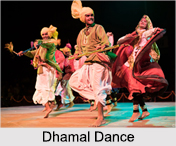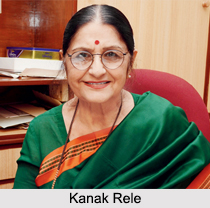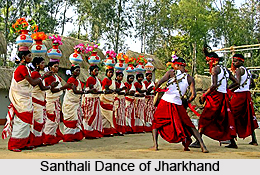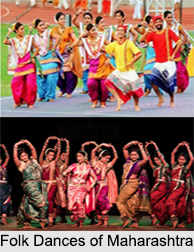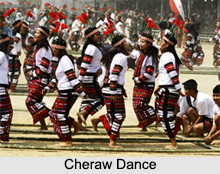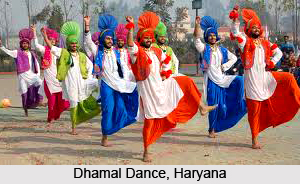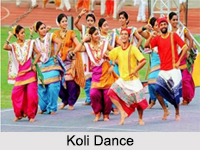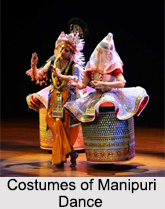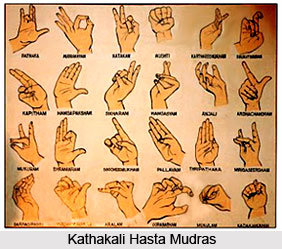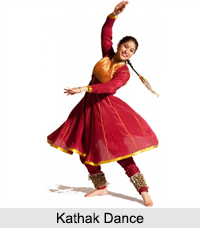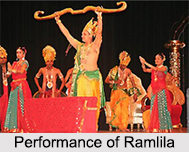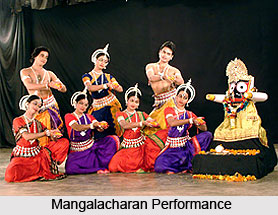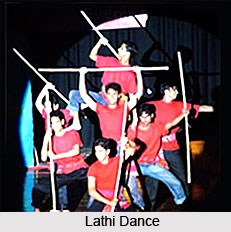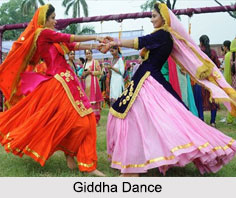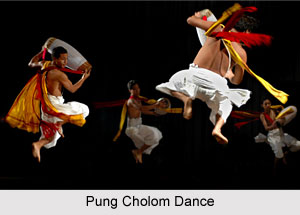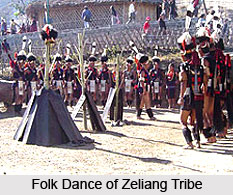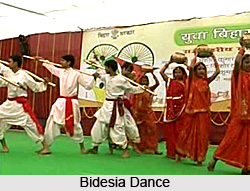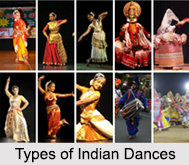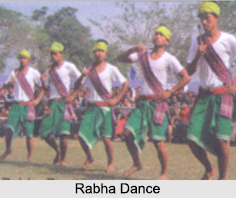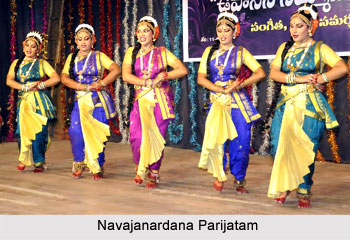 Navajanardana Parijatam, a variety of Kalapam, used to be performed by devadasis in solo form, mainly in the Kunti Madhava Temple of Pithapuram, an estate of former zamindar. This form of dance is also quite famous in Vaishnava Goddesses temples of east and west Godavari river basin area. In the contemporary times, Dr. Nataraja Ramakrishna, having studied this art form tried to revive this dance. Previously Navajanardana Parijatam was performed for nine nights. However, on the tenth night the dance used to be concluded with simple recitation of dashama skandha, the tenth canto from Mahabhagavatam.
Navajanardana Parijatam, a variety of Kalapam, used to be performed by devadasis in solo form, mainly in the Kunti Madhava Temple of Pithapuram, an estate of former zamindar. This form of dance is also quite famous in Vaishnava Goddesses temples of east and west Godavari river basin area. In the contemporary times, Dr. Nataraja Ramakrishna, having studied this art form tried to revive this dance. Previously Navajanardana Parijatam was performed for nine nights. However, on the tenth night the dance used to be concluded with simple recitation of dashama skandha, the tenth canto from Mahabhagavatam.
Just like the daruvu`s in Navajanardana, there are many characteristics common to Bhama Kalapam, but there are differences as well. The Daruvu`s are depicted to the presiding deity of the locality in which the daruvu are initially composed for dance. It is addressed to Dvarakapuri, Korukonda, Kodavalur, Kaluvayi etc. There are approximately 150 Daruvu`s, which are preceded by same number of prose and poems. In Sanskrit Language, there are shloka`s and songs for Ashtadikpala and Navagraha nartanam, and dance in appreciation of nine planets and eight guardians of directions.
Of numerous Daruvu`s there are twenty such types known as nayaka daruvu, and other daruvu`s for Satyabhama reflect the ashtavidha nayika avastha`s, the eight states in which a nayaka finds herself viz-a-viz her lover. The famous story about the argument between Lord Krishna and Satyabhama and Krishna`s leaving her, the trauma of separation are all seen in Bhama Kalapam.
This dance form, Navajanardana Parijatam, a prime example of give and take between two dance tradition of solo and dance drama forms, is mainly a female dance form. But over the years it has been performed by men. There are also many amazing features of comparisons between two kalapam`s.
Among popular female dancers, Usha Datar, who has learned the art of Navajanardana Parijatam from her guru, Dr Nataraja Ramakrishna, often performs this form of dance, is festival circuit and conferences. Swapnasundari, after receiving adequate training from temple dancers well passed her 70, Maddula Ramakrishna, has been presenting it as part of Vilasini Natyam.
